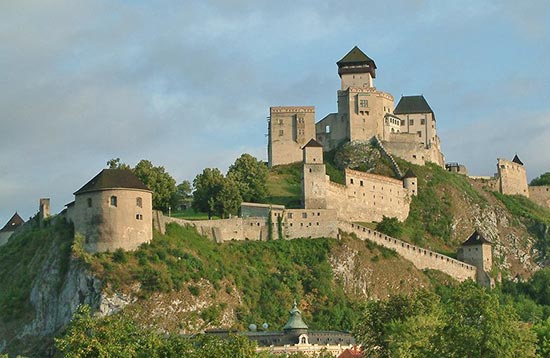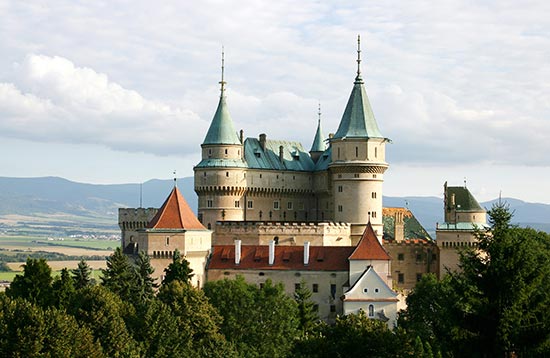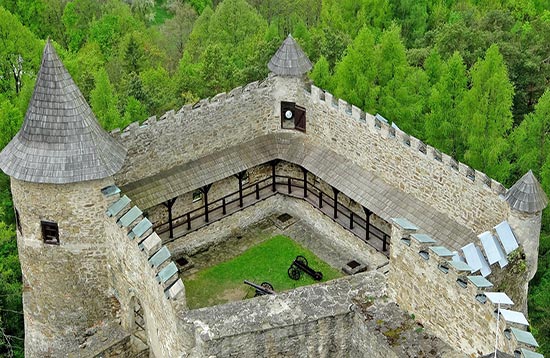Trip to Slovakia (Travel Blog)
Tourist Attractions and Sightseeing Tour of Western Slovakia
peopleGuided tour
todayFebruary - November
flagPick up/drop off on your request
euro_symbolon request/person/personperson
explore
Tourist Attractions and Sightseeing Tour of Central Slovakia
peopleGuided tour
todayFebruary - November
flagPick up/drop off on your request
euro_symbolon request/person/personperson
explore
Tourist Attractions and Sightseeing Tour of Eastern Slovakia
peopleGuided tour
todayFebruary - November
flagPick up/drop off on your request
euro_symbolon request/person/personperson
explore
Many travelers visiting Slovakia only go to the capital city Bratislava. And understandably so.
It's most known place in Slovakia situated on the bank of Danube river with relatively good train, road and air connections.
Take advantage of some great connections between Bratislava and Kosice or Banska Bystrica.
For instance the trip from Bratislava to Banska Stiavnica takes 2 hours, trip from Bratislava to the High Tatras takes 3 hours.
For a small country, Slovakia possesses a riches of regional diversity, both cultural and historical as well as geographic.
As well as being famous attractions like the High Tatras, Bratislava, and the like things are often unnoticed.
Therefore, we are bringig you short list of unique sites around the western, central and eastern Slovakia, which are worth seeing.
Trip to Western Slovakia
Beckov castle
The
castle stands on a steep 50 m tall rock in the village
Beckov.
The well-conserved ruins of the
castle, now the National Cultural Monument, are frequently visited by tourists, above all in July when the castle festival takes place.
The former Ambro curia situated below the castle now shelters the exhibition of the local history.
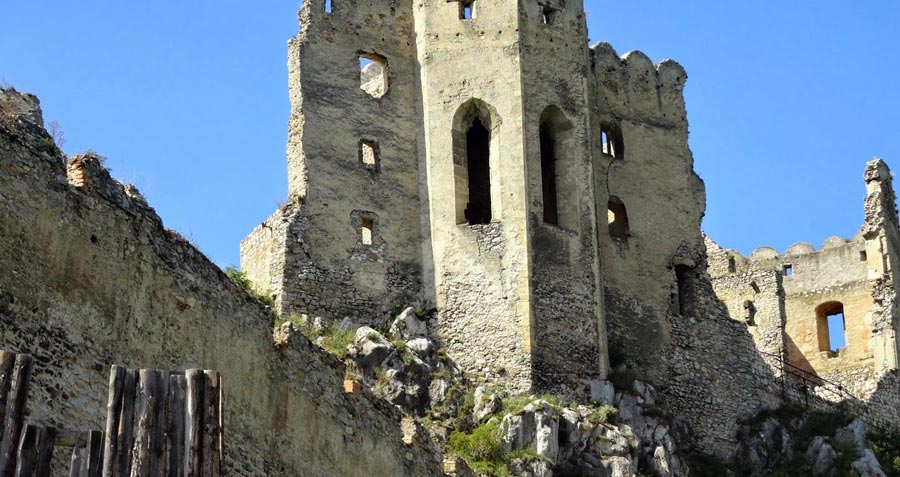
Cachtice castle
Ruins of the "mysterious
castle in the Karpaty mountains" tower above the village
Cachtice in south-western Slovakia. It is the
Castle of Cachtice,
once residence of the "bloody countess Elizabeth Batory".
The
castle was one of the boundary royal castles defending the western border of the Kingdom of Hungary. Elizabeth Bathory lived here at the turn of the 16th and 17th centuries.
For her sadist habits she was called "the bloody countess". Since June 2012, the castle is closed for public due to reconstruction.
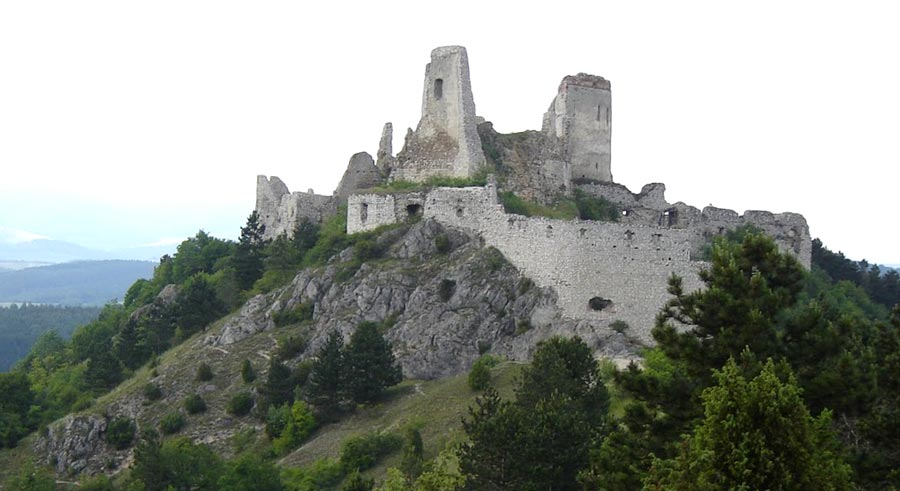
Strecno castle
On the left bank of the Vah river, close to Zilina, you find the
Strecno Castle on top of the limestone rock.
The castle was mentioned for the first time in 1384. The
Castle of Strecno is an indispensable part of the landscape scenery of the Mala Fatra mountains
and the castle rock and the path above the
Castle provide a beautiful view of the Streciansky priesmyk mountain pass, Domasinsky meander and a great part of the Zilinska basin.
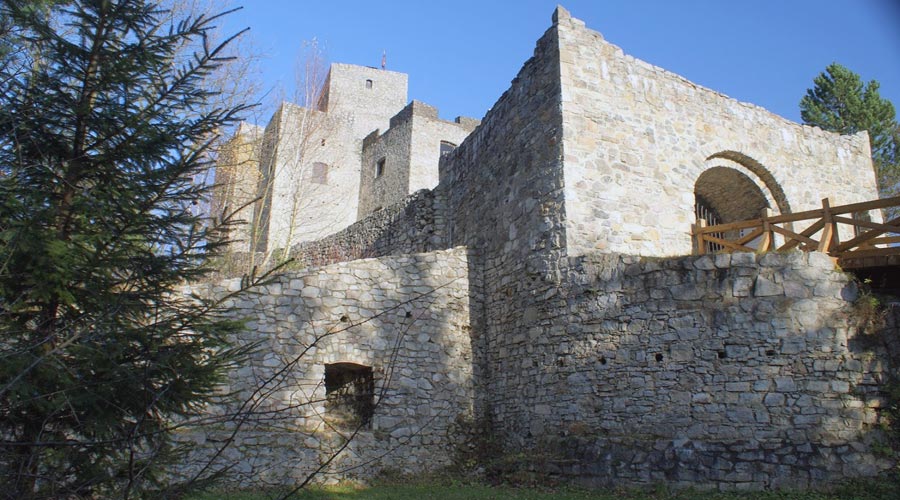
Trip to Central Slovakia
Orava castle
The most attractive tourist locality of the northern Slovakia is the
Orava Castle lying on the river Orava near the village Oravsky Podzamok, below impressive cliffs.
In 1370, it became a county castle and the seat of the
Orava Castle estate, which included almost the whole region of Orava.
The
Castle is a remarkable compound of buildings of the lower, central and upper castles with palaces, fortifications and towers. Visitors are intrigued by its three entrance gates communicated by a tunnel, under which there is a dungeon.
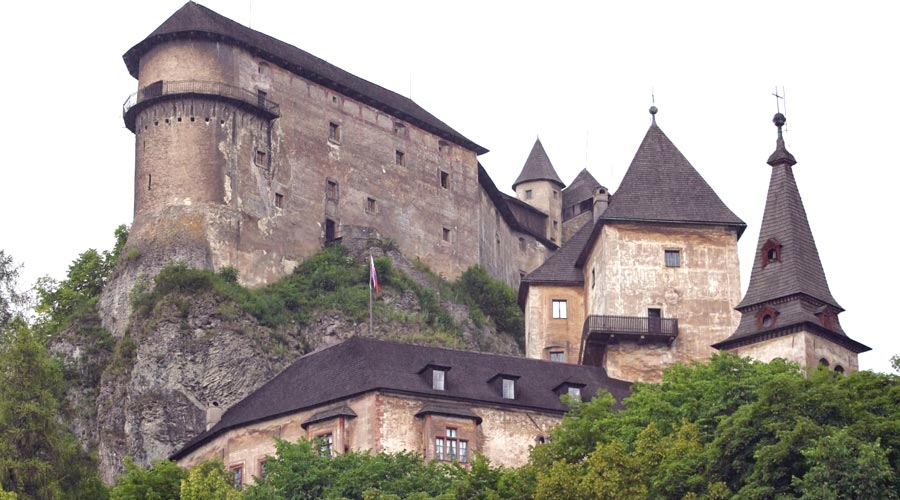
Svaty Kriz wooden church
The wooden articled
Evangelical church near the village
Svaty Kriz is one of the largest wooden buildings in the Central Europe which was moved here from Paludza between 1974 and 1982.
The two-storied choir emporia in the interior of the
church are adorned by Biblical paintings and along with a big chandelier of Venetian glass they create a charming atmosphere.
Part of the church is also an independently standing wooden tower serving as a belfry. It was added to the church later.
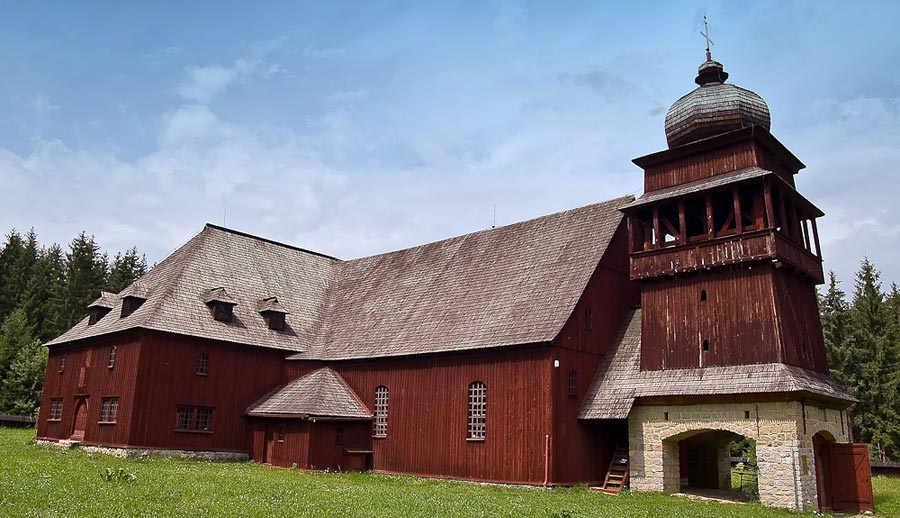
Divin castle
The village
Divin is situated next to the water reservoir Ruzina in south of Central Slovakia. Ruins of the medieval
Divin Castle can be seen above the village.
The
Castle was built by the end of the 13th century and it played an important role as an anti-Turkish fort in the 16th century.
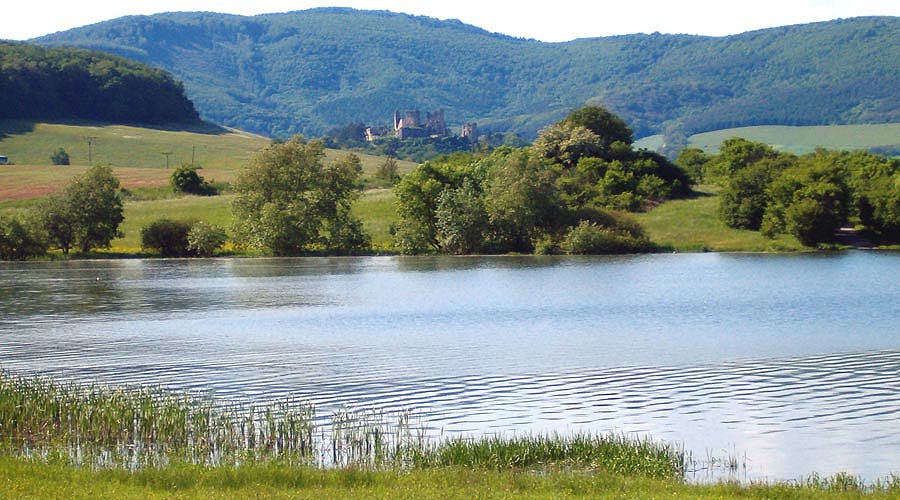
Trip to Eastern Slovakia
Wooden churches of eastern Slovakia
Specific samples of sacred architecture in Slovakia are the
wooden churches.
Their folk builders expressed the perfect harmony of the human soul with nature and the effort to disengage from earthly worries.
Among the oldest are the Gothic
wooden churches (for example Hervartov). In eastern Slovakia first churches were owned by the Greek Catholic denomination, later some of them were changed into Orthodox churches.
The special features of the East Christian rite are reflected in their interior decoration and furniture where the unique Carpathian icons dominate.
They are normally fitted into iconostases ornamented in the Baroque and Rococo styles.
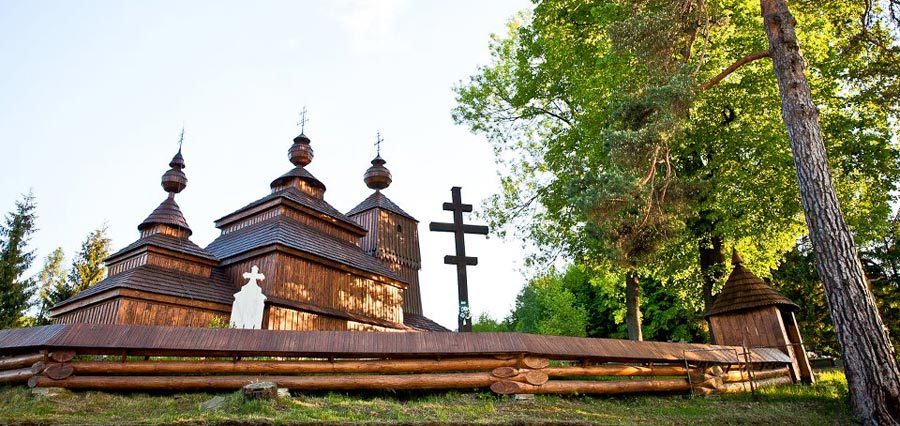
Tokaj
On the south-western foothill of Zemplin Hills in Eastern Slovakia south from Trebisov the wine growing region
Tokaj is located.
Tokaj wine growing region with acreage of 908 ha is the smallest of six wine growing regions of Slovakia.
Tokaj is known by many people for its typical
Tokaj wine cellars,
hills surrounded by vineyards and the unique phenomenon coming from this area – the
Tokaj wine.
In Slovakia we have one of the rare areas in the world, where grapes can be grown for the production of natural sweet wines.
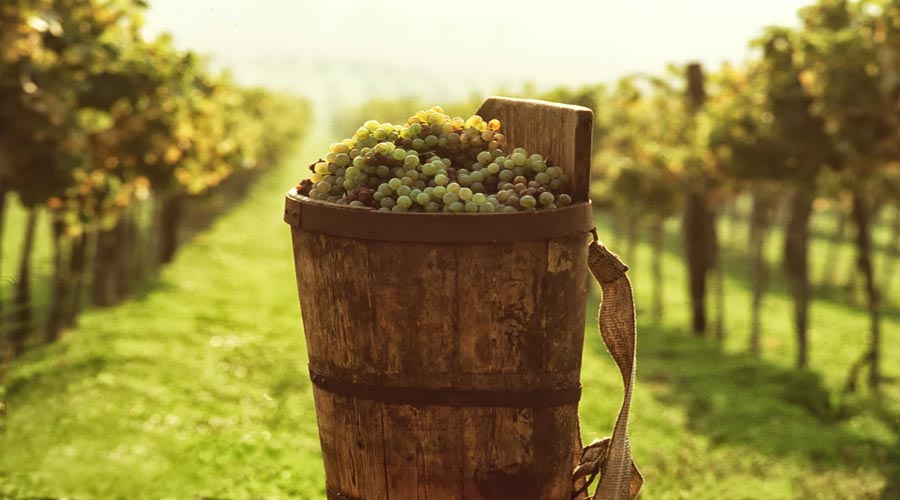
Dukla
In the autumn 1944 the fight for the
Dukla col near Svidník in the north of Slovakia was certainly one of the most difficult ones of the World War II.
Today there is The Memorial and the Cemetery of the Czechoslovak Army in
Dukla.
The Memorial is 28 m tall and is completed by a bronze statue by Jan Kulich. It is set into the military cemetery divided by a colonnade of bronze tablets with the names of 1265 members of 1st Czechoslovak Army Brigade who died here.
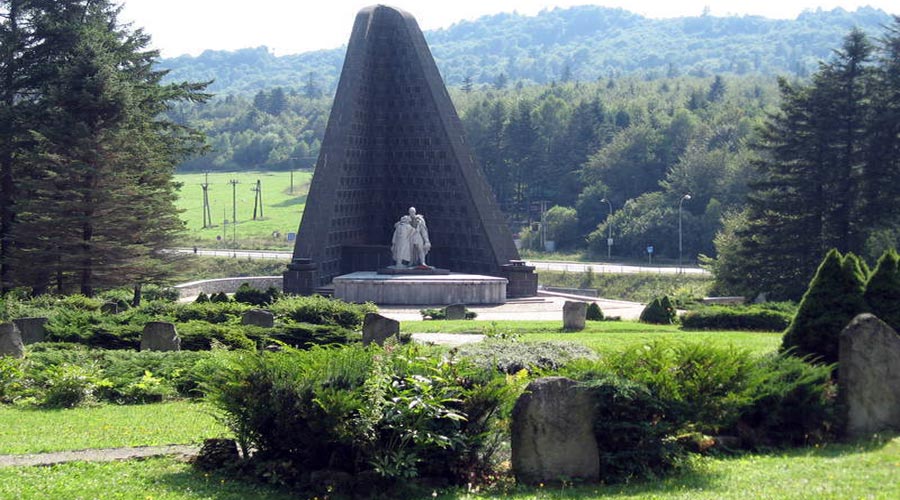
back to travel blog
